Forestry and Land Scotland has recreated a 30-year-old photograph to show the impact of deer management in a stretch of the Cairngorms.
The photo overlooks the Green Lochan in the Ryvoan Pass.
The original was taken in 1984 by forester George Dey, who donated his collection of photos to Aberdeen University.
The Ryvoan Pass in the Cairngorms National Park is a trail that takes visitors from Glenmore Forest to Abernethy Forest past the Green Lochan, famous for its emerald green waters.
The caption on the photo states: “Lovely high view of the Green Loch at Glenmore Forest. George Dey has made the remark – no regeneration and it would be interesting to see a present-day view from the same place.”
Woodland recovery in the absence of deer
FLS ecology intern Rossina Parvanova took the new image of the forest area from Ryvoan Pass, which shows how the woodland has expanded since 1984.
Tom Cameron, area wildlife manager in the north for Forestry and Land Scotland said: “The photo shows the Green Lochan and Glenmore, which has some of the oldest woodland we have in the UK. It’s truly a very special place.
“In the 1984 photo, you can see the trees were sparse with limited regeneration and vegetation growth. That was down to deer trampling and grazing on vegetation and new shoots.”
Restoration of the Caledonian Pine woodland has continued since the early 90s: non-native conifers were removed and deer management increased.
This reduced browsing pressure and allowed the natural regeneration of native pinewood species.
Deer damage forests in various ways – stripping trees of bark leaves the trees more prone to disease, eating young trees and preventing them from growing and trampling stops vegetation growth, harms the soil and ruins other forest habitats.
Deer have no natural predators in Scotland, so FLS carries out sustainable deer management practices to manage populations, halt the loss of biodiversity and achieve land management objectives.
The Ryvoan pass photos show how sustained, considered deer management can help restore forests.
Naturally-restored woodland
Mr Cameron said: “Ryvoan Pass has regenerated itself incredibly well in the absence of deer.
“You can see the Caledonian pine has expanded back up the hillside, accompanied by the associated native broadleaf species such as willow, rowan and birch.
“We haven’t added or planted anything here – nature did this all by herself once we increased deer management efforts.”
FLS, along with the site’s adjoining neighbours, used culls to reduce the deer population and avoided using deer fencing.
Mr Cameron added: “Deer fencing has its place, but it’s visually intrusive, can restrict access and can have an impact on other wildlife – the endangered capercaillie can fly into it, for example.
“It can also displace deer from one area of land or another and create or magnify issues relating to high deer population levels.
“These photos show how successful that approach can be – we have a native woodland that is now thriving and expanding.”
Visitors who want to walk the Old Ryvoan trail and see the recovery for themselves can start at Glenmore visitor centre.
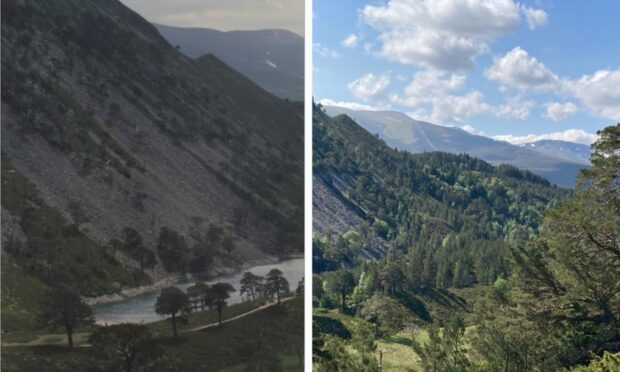
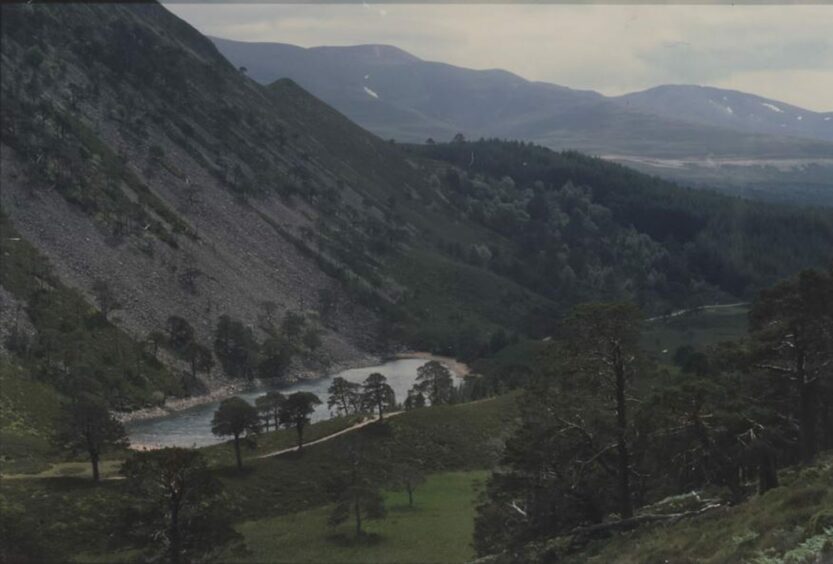
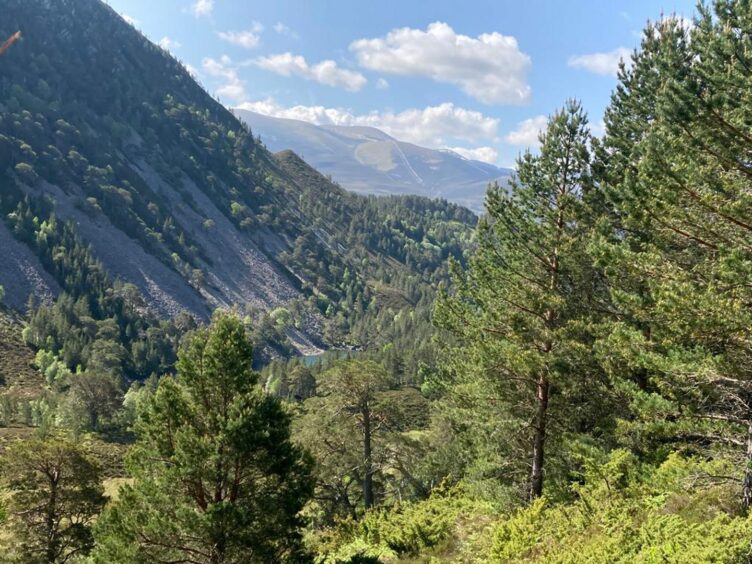
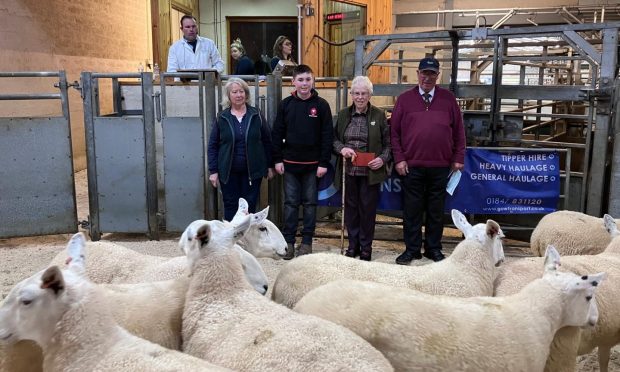

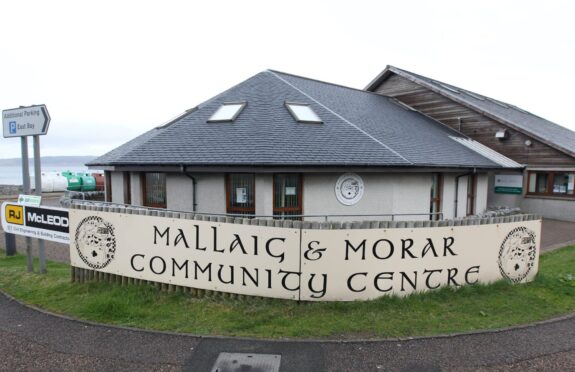

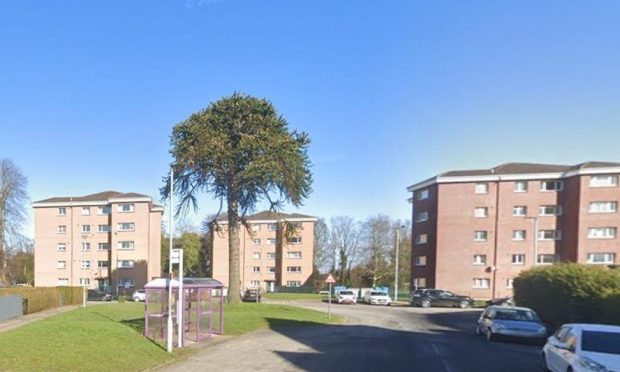
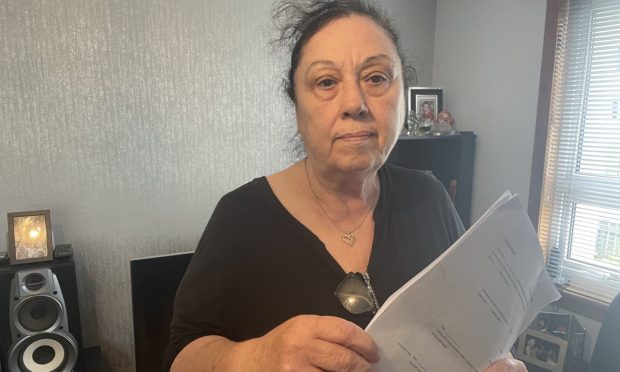
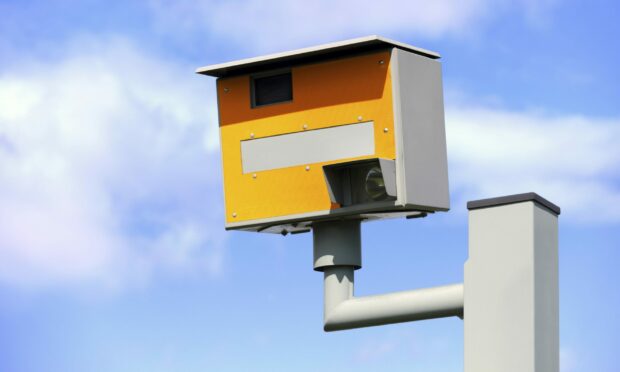

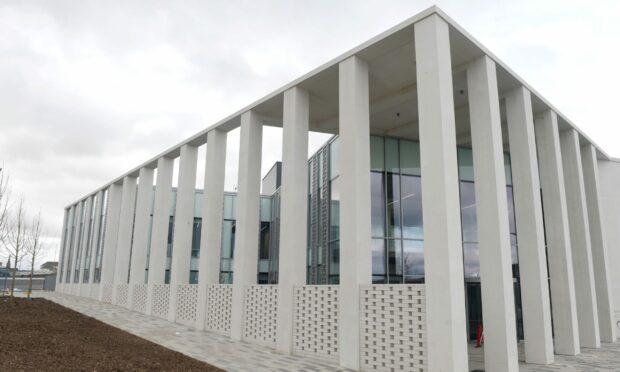
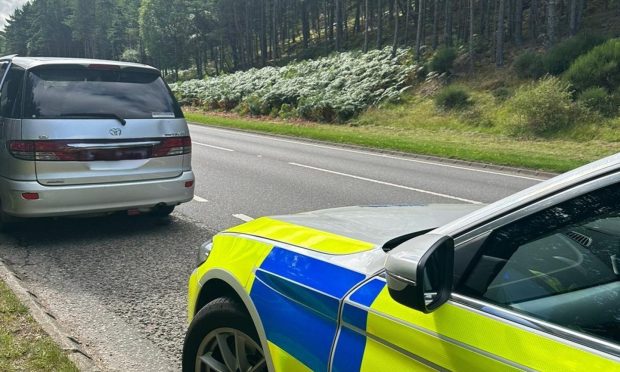
Conversation